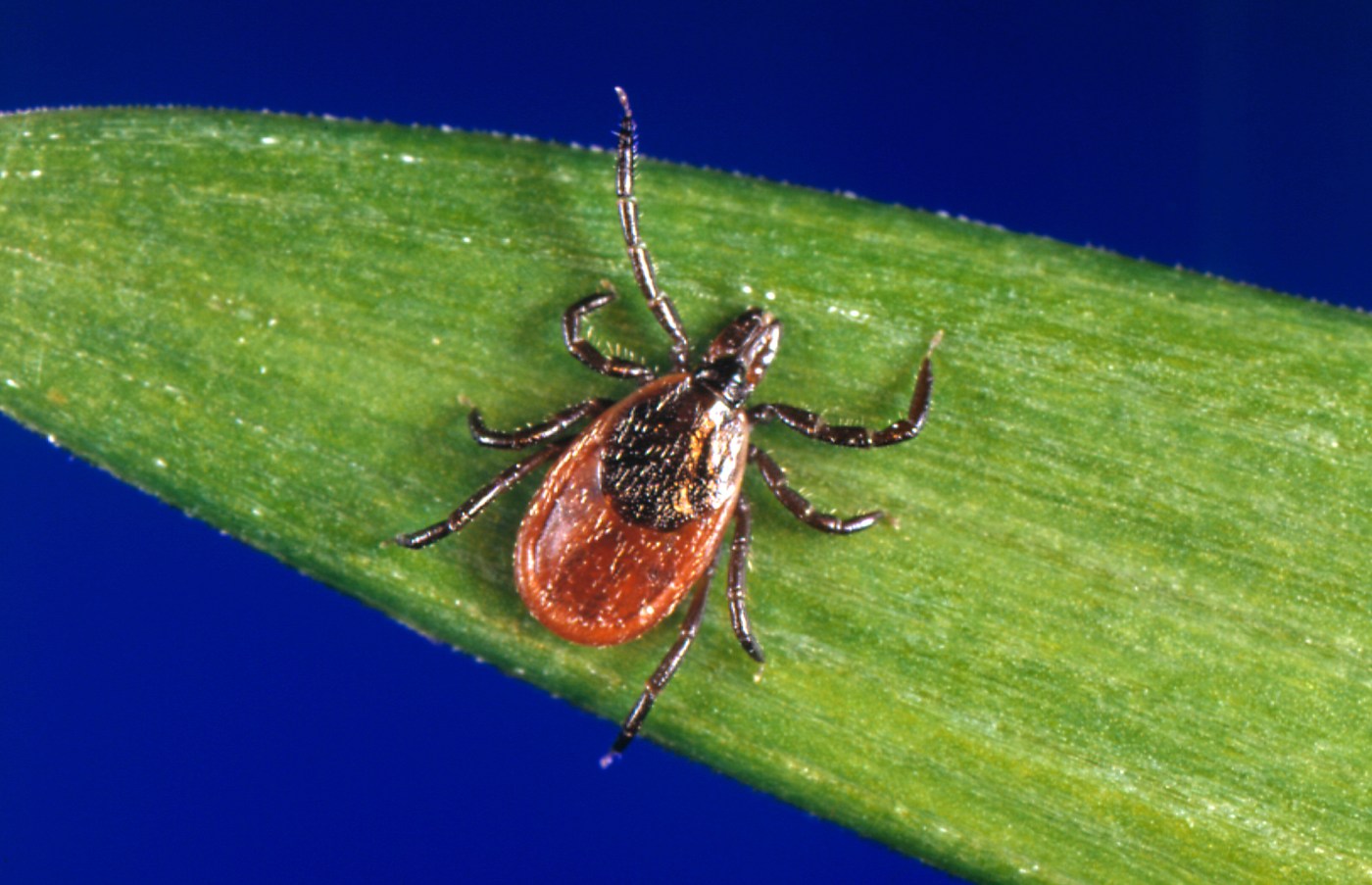
F.D. Flam: The first lyme disease vaccine failed. It’s time to try again.
Nearly half a million Americans received an unpleasant surprise this summer, according to insurance billing data: a new diagnosis of Lyme disease. Those numbers could shrink if scientists succeed in developing a vaccine for the tick-borne illness.
Low consumer demand scuppered a previous vaccine in the 1990s, but the situation is very different now. Cases of Lyme have exploded. Doctors and the public are also now more aware that infectious diseases can leave some patients with debilitating chronic conditions.
Long-lasting Lyme was once controversial, with some doctors insisting that all patients could be cured by antibiotics, but the prevalence of long COVID has been a wake-up call to skeptics that lingering symptoms are real. About 10%-20% of confirmed Lyme cases do not resolve with antibiotics. That should heighten interest in a new vaccine, like the one being developed by Pfizer and French company Valneva.
But even if this new vaccine succeeds, it won’t be the final answer to the Lyme problem. Some labs are examining other prevention strategies, including vaccines that kill ticks before they can transmit disease — thus preventing several other, even more dangerous tick-borne illnesses. And new lines of prevention shouldn’t slow efforts to crack the mystery of persistent Lyme, which can lead to joint pain, fatigue, memory problems and other symptoms.
Linden Hu, a professor of immunology specializing in Lyme disease at Tufts University, explains why creating a good Lyme vaccine is so hard. The responsible bacteria — Borrelia burgdorferi — is a shape-shifter. When it lives in the tick, it’s coated with a protein called OspA (outer surface protein A), but when it enters humans, OspA shuts off and the bacteria expresses other proteins, including those that can mutate to escape your immune system.
That’s why people don’t develop natural immunity to Lyme disease. We can get infected again and again.
Related Articles
Daniel DePetris: The U.S. and China are talking again. Will it lead anywhere?
Lisa Jarvis: The best treatment for COVID is still too hard to get
Other voices: Budget gimmick: Uncle Sam simply waves away unpaid interest
Jonathan Zimmerman: How the University of Pennsylvania lost its way on free speech
Thomas Friedman: America’s role in the world is hard, getting harder. Add others’ strength to our own
Both the old and the new vaccines get around this problem by prompting the immune system to make a continuous supply of antibodies to OspA. If the tick consumes blood containing those antibodies, they’ll kill Borrelia burgdorferi before the bacteria has time to go from the tick to the person.
But for that to work, you need a lot of antibodies. The 1990s-era vaccine was a pretty big commitment: a series of three shots over a period of six months, followed by yearly boosters. Given that the new vaccine is almost identical to its predecessor, it will probably require a similar multi-shot regimen. It works in exactly the same way, but has a slight molecular-level tweak — it’s missing a piece that had been suspected of causing arthritis in a few people, although data showed people getting the vaccine had no more arthritis than control subjects.
A different effort is being led by Mark Klempner, a professor of medicine at the University of Massachusetts Chan Medical School. One of the developers of the 1990s vaccine, he’s now focusing on an antibody treatment that protects people almost immediately and lasts for up to six months. Since it’s not stimulating the immune system, it’s not going to cause the kinds of side effects associated with vaccines, and patients could get the treatment when they needed it — right before a camping trip, or for people who live in Lyme territory, in the spring before peak tick season.
Even better would be a drug or vaccine that kills ticks before they have time to transmit Lyme or other pathogens. (Ticks also transmit a host of other dangerous diseases — babesiosis, ehrlichiosis, Rocky Mountain Spotted Fever, and alpha-gal syndrome.) Hu, of Tufts, is pursuing this approach with Tarsus Pharmaceuticals by repurposing anti-tick medications used for dogs to prevent diseases in people. Others are looking at vaccines that trigger immunity to proteins in the tick saliva, with the same goal of killing ticks before they can transmit disease.
Some think we ought to consider even more aggressive tactics. Hu said it’s theoretically possible to eradicate Borrelia by treating wild mice with antibiotics. (Mice are the ultimate reservoir for the bacteria — ticks pick it up by feeding on them.) Using bait laced with the antibiotic doxycycline, research has shown it is possible to kill 90% of Borrelia in mice and ticks, said Hu. The risk is breeding antibiotic-resistant bacteria, which is why researchers are looking at very specific antibiotics that only target Borrelia.
Dozens of other unanswered questions could hold the key to a better solution. Scientists still don’t know what causes the chronic symptoms — possibly it’s an autoimmune condition triggered by some unlucky combination of the person’s genes and those of a particular bacterial strain.
And we don’t fully understand why cases have risen so much. Our warming climate does play a role, but it’s not the whole story. Constantin Takacs, a biologist at Northeastern University, is looking for answers in the way the bacteria behave in different animals — including in ticks, which have been around since the time of the dinosaurs, and in the wild mice that have come to some sort of immune truce with it, the way some bats have with coronaviruses.
He also points out we don’t understand why some places and not others are plagued by this disease. It could have something to do with how housing developments, farms and forests are distributed.
The new vaccine will be a good step, but it’s not the end of the story.
F.D. Flam is a Bloomberg Opinion columnist covering science. She is host of the “Follow the Science” podcast.
Related Articles
Other voices: If we stop making electric vehicles a political football, the market will grow faster
Daniel DePetris: The U.S. and China are talking again. Will it lead anywhere?
Joe Soucheray: There was our governor, westbound on Marshall, then into the security zone
Lisa Jarvis: The best treatment for COVID is still too hard to get
Other voices: Budget gimmick: Uncle Sam simply waves away unpaid interest


